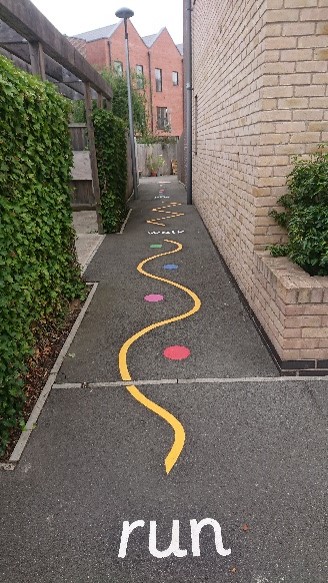Sustainable futures
Creating net zero energy communities
A unique project at the Trent Basin Housing Development in Nottingham makes the future of fully-fledged community energy bubbles a promising reality, says Dr Eldar Naghiyev.
Nearly 40% of global energy related CO2 emissions stem from the use or construction of buildings. Unsurprising, given the amount of time we spend in them; particularly during pandemics.
In addition, the electrical infrastructure connecting our buildings is changing. Solar panels, heat pumps and electric cars are becoming more ubiquitous, and need to be integrated into our aging electricity network, if we want to meet our net zero ambition by 2050.
Instead of tackling these challenges one house at a time, the innovative Trent Basin housing development in Nottingham, UK, is demonstrating how to solve them simultaneously for whole neighbourhood ‘energy bubbles’, using three key principles.

Reduce electricity consumption
The first principle is: ‘reduce, reduce, reduce’.
By setting, encouraging and enforcing high building standards, the tool we call building can be made as efficient as possible. At Trent Basin, the first two completed phases comprise 76 properties with the ‘fabric-first’ approach, which ensures that energy is not lost through the building fabric or that it can be freely harnessed by letting the sun shine through well orientated windows.
By informing and empowering occupants, the handling of the ‘building-tool’ can be optimised further. At Trent Basin, residents have access to a range of data, from their individual power circuits via their smart heating to their communal SCADA system, which can all be interfaced via a smart speaker. The data is also made accessible via individualised energy reports, which enable little friendly competitions, either with oneself or the neighbours – if they choose to reveal their anonymised usage to each other. In addition to saving one household £20 a month on their electricity bill, this setup fosters the creation of a community spirit, which led to a community library, community recycling hub and community assault course being setup.
Reuse locally generated electricity
The second principle is: ‘generate energy locally and use it locally’.
Electricity is like any other commodity. Transporting it and processing it adds inefficiencies. So, the less we do that, and the more we can generate locally, the more efficient the overall system.
At Trent Basin, community owned solar panels, battery storage and enabling infrastructure were installed at the construction stage, keeping the capital costs low. In an incentive-free world, this can make or break a business model. It also shifts renewables from the opt-in to the opt-out choice, making it accessible to those who may not be akin to building projects.
Providing shared access to this locally generated electricity, or storing it for use during peak times, also makes the community more resilient to network issues, which we have been warned about.
Reunite electricity markets and end users
The third principle is: ‘be flexible’.
Electricity has a very short shelf-life. It needs to be consumed as it is being generated. In economics, the price of a commodity is determined by its supply and demand. Yet, electricity is sold at a relatively fixed price to end users.
At Trent Basin, we are working with innovative suppliers, who are starting to offer time-based pricing, which can change up to every 30 minutes. The Trent Basin ESCO (Energy Service Company) has secured an Ofgem derogation – a supervised relaxation of the rules – which allows it to combine utility bills with so called ‘behind-the-meter’ bills, i.e. where the ESCO sells solar electricity directly to customers; bypassing the grid meter. As the ESCO is setup similarly to a Cooperative, the revenues flow back into the community, making community energy schemes even more enticing to customers and democratising the energy system one community at a time.
Trent Basin has demonstrated how to come together as a local community and make a change. Now, as a global community, we need to follow suit; because buildings don’t use energy, people do. So, let’s energy-bubble our households, our communities, our country, and strive to live in a net zero environment – ideally before 2050.
"Trent Basin has demonstrated how to come together as a local community and make a change. Now, as a global community, we need to follow suit; because buildings don’t use energy, people do."
Dr Eldar Naghiyev
Dr Eldar Naghiyev is a Research Fellow at the Faculty of Engineering and is contributing to the Active Building Centre Research Programme’s work at the Trent Basin demonstrator site.